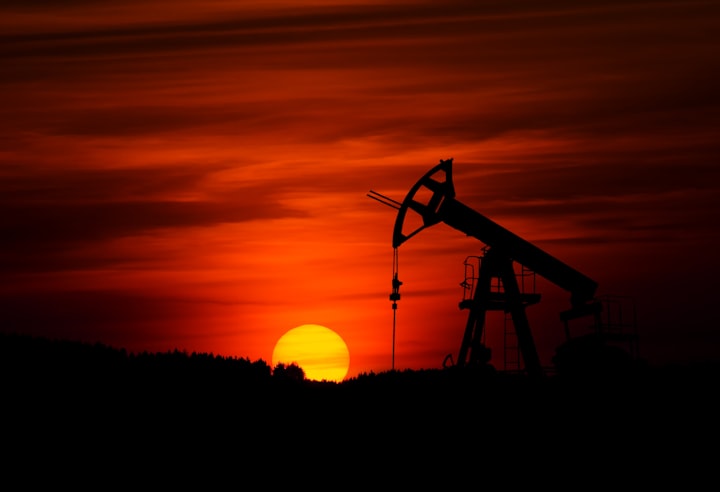U.S. SPR & Canada
Canada O' Canada
On May 8th, GOP House and Senate members accused the Department of Energy ("DOE") and President Biden of mismanaging the SPR and asked the Government Accountability Office ("GAO") to investigate the matter
Enersection is of the opinion that the SPR sizing should be open to debate. Oil markets have changed. John Maynard Keynes once said "When the facts change, I change my mind - what do you do, sir?”
Regardless of our belief that the SPR can be sized smaller today compared to prior oil markets, we believe President Biden and the DOE have fumbled multiple opportunities to refill in spot or futures markets
Strategizing over Strategic
U.S. oil imports today are approximately 6.5 million barrels per day, down significantly since the U.S. shale era began in the early 2000s.
While U.S. oil production increased from shale oil-induced growth, Canada was having its own oil renaissance, as a number of oil sands projects came online. Canadian export growth into to the U.S. ensued.
2 million barrels per day growth in Canadian imports have more than offset the loss of 1 million barrels per day of Mexican imports.
The drawdown in the U.S. SPR has indeed been rapid and significant in historical terms.
The current SPR inventory only covers 16% of U.S. annual import needs, at an all-time modern day low.
But if we look at imports from countries other than Canada & Mexico, current SPR levels are slightly below historical averages at 46% of annual import needs. It would take a 65 million barrels or more addition to the SPR for this metric to be at or above the long-term average.
Simply put, the nature and origin of U.S. oil imports have changed.
We are of the belief that if import routes from Canada and Mexico are compromised due to global conflicts, the U.S. will need SPR storage capacity, not release capacity. Weather, industrial accidents and other items may impact onshore pipelines but those events are unlikely to have long-term impacts based on historical precedent.
Enersection understands not all crude oils are created equal and that U.S. import needs are driven by refinery configuration - which may not align perfectly with the crude blends our neighbors to the north and south provide.
But based on what we know today about import needs, the origin of current imports and risks to those sources, we believe the U.S. SPR is adequately sized at 450-500 million barrels. The return of outstanding SPR exchange barrels and anticipated refill purchases by the DOE results in the SPR residing in that range.



